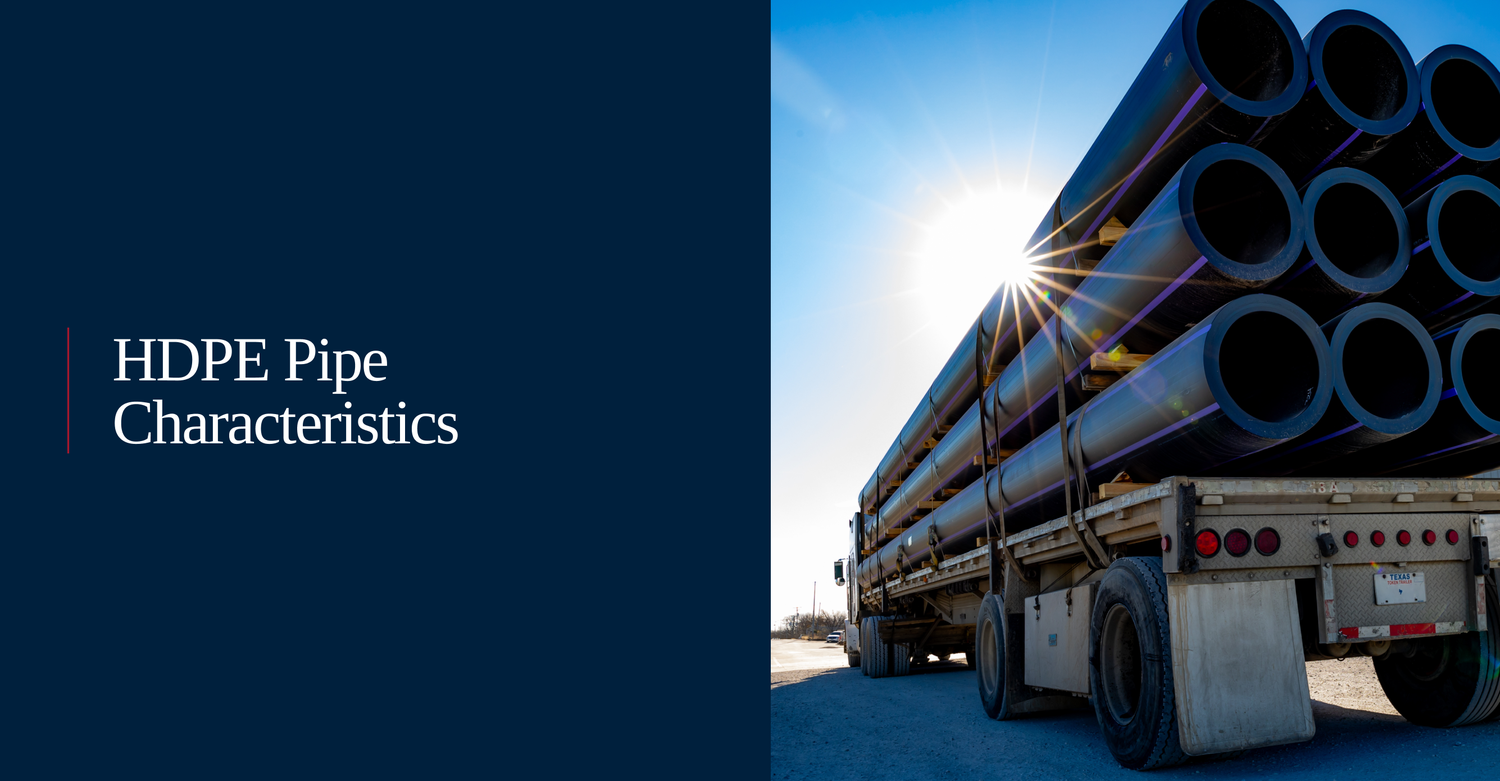
PE Pipes
PE pipe (polyethylene pipe) is an ideal choice for many applications because it is leak-free, durable, and resistant to a variety chemicals.
Polyethylene is the ideal choice of piping materials for many applications serving a range of markets such as oil and gas gathering, potable water, wastewater, mining & industrial systems, power & communications and natural gas distribution.
At WL Plastics, we specialize in producing both HDPE & MDPE pipe that meet the needs of our customers and comply with strict industry and safety regulations.
We have ten state-of-the-art manufacturing locations across the United States capable of producing over 1 billion pounds of PE pipe each year. This enables WL Plastics to produce high-quality products at the lowest cost so that customer orders are fulfilled quickly and efficiently.
PE Pipe Characteristics
WL Plastics PE pipe offers unmatched performance and durability, making it ideal for a wide range of applications. Its unique chemical structure ensures a leak-free system that resists degradation and environmental impact over time. Key characteristics include:
Durability
PE pipe is engineered to last, performing reliably in aboveground, underground, and marine environments. Resistant to chemicals, abrasion, and environmental damage, it safely transports potable water, wastewater, natural gas, acidic solutions, saltwater slurry, and more. WL Plastics HDPE pipe withstands high pressure, extreme temperatures, seismic activity, vibration, and soil movement, making it perfect for challenging applications.
Cost-Effectiveness
Lightweight and available in long standard lengths, WL Plastics PE pipe reduces transportation and installation costs. Heat fusion joining eliminates the need for couplers, gaskets, or additional fittings, lowering maintenance and repair expenses. Its durability ensures long-term cost savings for large-scale piping networks.
Joining Capabilities
Heat fusion is the primary joining method for PE pipe, creating leak-free, monolithic systems with joints as strong as the pipe itself. This reduces operational costs and enhances environmental safety. PE pipe can also be joined using mechanical connections, including flanges, couplers, and mechanical joints.
Corrosion Resistance
WL Plastics PE pipe will not corrode, tuberculate, or support biological growth. With a consistent C-Factor of 150 throughout its design life, PE pipe maintains its inside diameter, ensuring reliable flow and energy-efficient pumping over time.
HDPE & MDPE Pipe Solutions
Our PE pipe range includes both HDPE and MDPE. While both offer excellent durability and corrosion resistance, HDPE is ideal for high-pressure and industrial applications, whereas MDPE is best suited for medium-pressure systems such as water distribution and gas pipelines.
Learn more about the differences and applications of HDPE and MDPE.
Polyethylene Quality Assurance
Polyethylene pipes are manufactured to the highest industry standards, ensuring consistent performance and reliability. Every pipe undergoes rigorous testing for strength, durability, and dimensional accuracy, including pressure testing, impact resistance, and chemical compatibility checks. Our commitment to quality guarantees that PE pipes meet regulatory requirements and deliver long-term, leak-free operation across all applications.

WL Plastics
Speak to Us About Your Next Project
Contact us today to speak to an expert about how polyethylene pipe could benefit your next project.
Contact Us